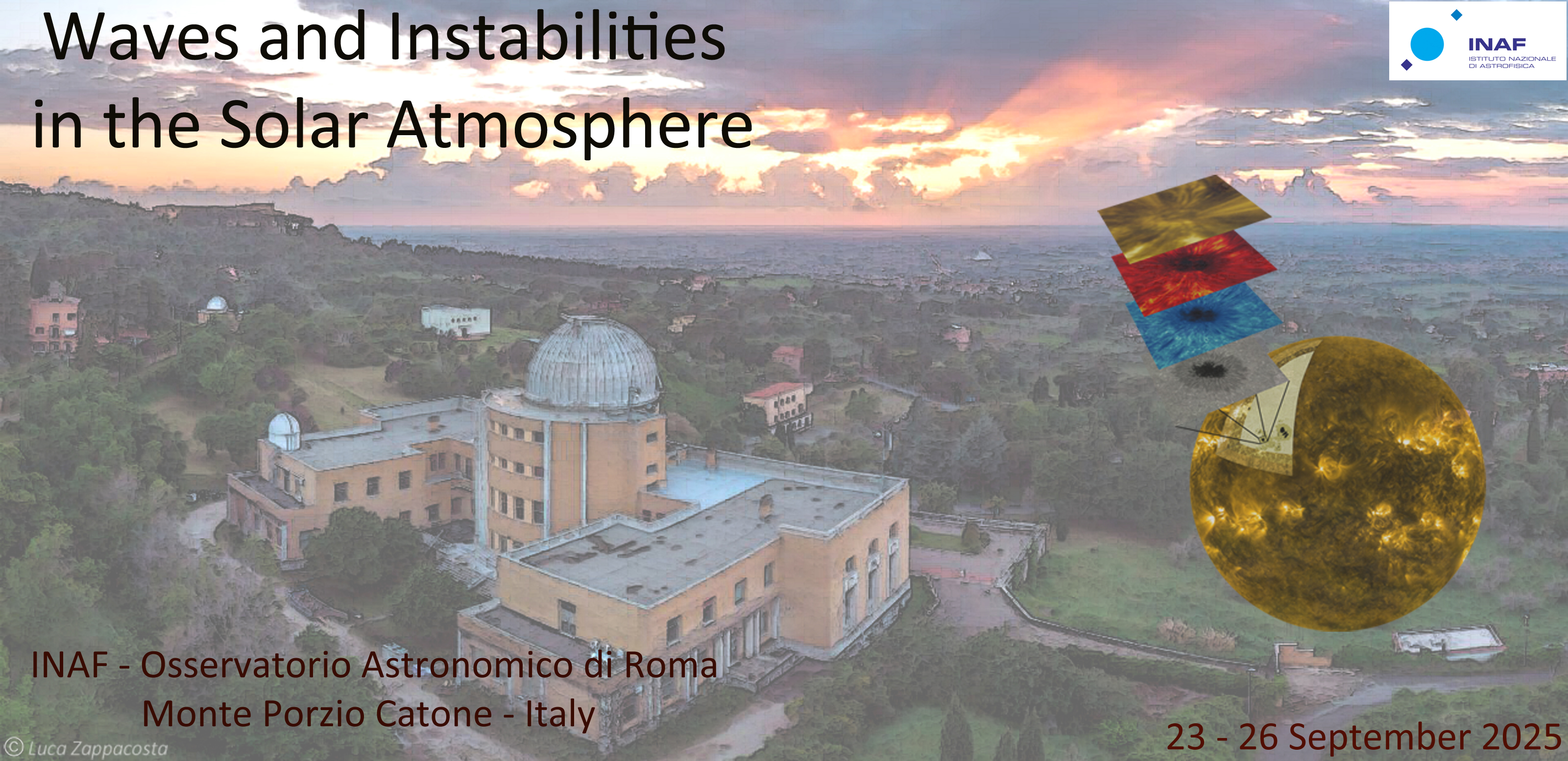Speaker
Description
Coronal fan loops rooted in sunspot umbra constantly show 3-min period propagating slow magnetoacoustic waves (SMAWs) in the corona. However, the origin of these waves in the lower solar atmosphere is still unclear. Here, we present the results of our study of these waves along a clean fan loop system using multi-wavelength imaging observations from IRIS and SDO. We demonstrate a novel observational technique to trace the origin of these waves at the photosphere by utilizing amplitude and frequency modulations of 3-min waves from the corona to the photosphere via the transition region and chromosphere. These modulation periods are in the range of 20–35 min at all the heights. Tracing of these loops also provides observational evidence of cross-sectional area expansion of the loops from the photosphere to the corona. We utilized this information to estimate the magnetic field strength and plasma-$\beta$ along isolated individual loops emanating from the sunspot umbra. We find the RMS magnetic field strengths in the range 1596-2269 G at the photospheric footpoints of the fan loops decrease rapidly to 158-236 G at the coronal footpoints. We estimated the plasma-$\beta$ at the photospheric and coronal footpoints in the range 0.2-0.5 and 0.0001-0.001, respectively. We found plasma-$\beta$ $\lt$ 1 along the whole loop, whereas the plasma-$\beta \approx$1 layer is found to be at sub-photospheric heights. We compared our findings for isolated individual fan loops with a previously established model for active regions and found an almost similar pattern in variations with height, but with different plasma-$\beta$ values. Our results demonstrate the seismological potential of 3-min slow waves omnipresent in the umbral sunspot atmosphere to probe and map isolated loops along with their cross-sectional area and determine the magnetic field and plasma-$\beta$ along these loops.
| Sessions | Seismology of solar and stellar atmospheres |
|---|

